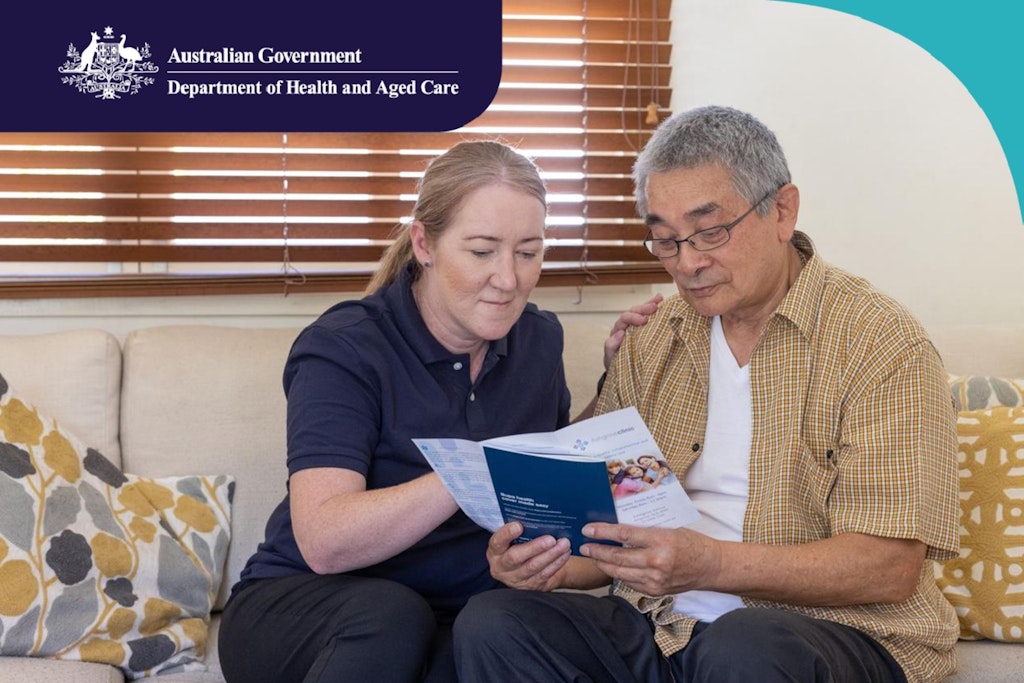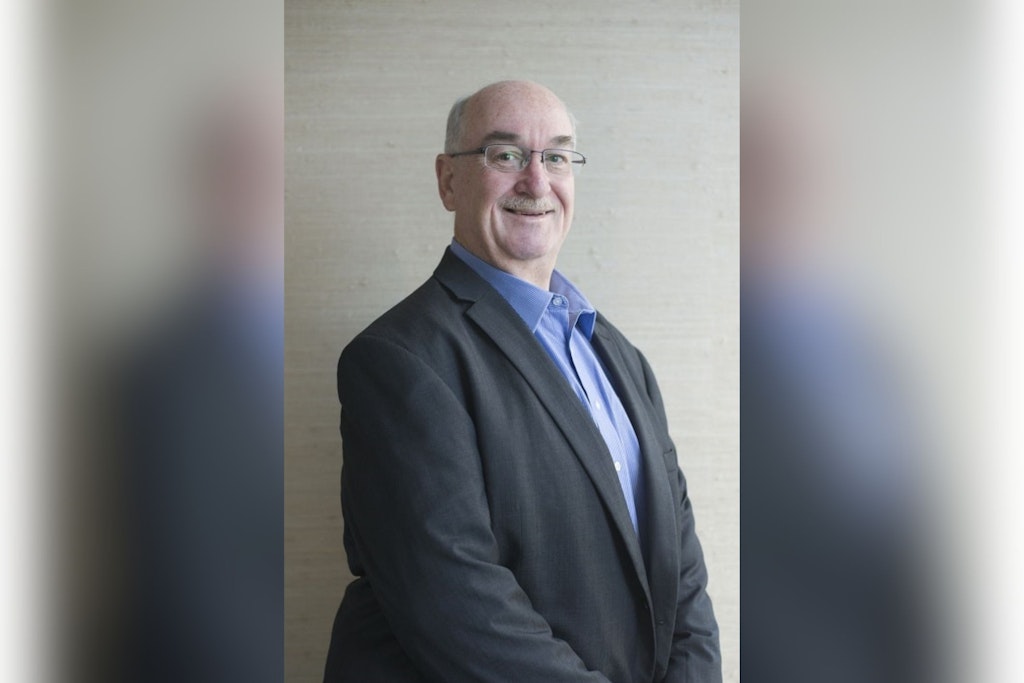Residential care providers continue to operate at a loss despite marginal growth
Published on 6 December 2023 (Last updated on 14 December 2023)

The Government’s Quarterly Financial Snapshot for April to June 2023 (Quarter 4) shows the aged care sector experienced a positive finish to the 2022-23 financial year with marginal improvements in net losses, but overall, providers continue to lose money.
Even an increase in the percentage of providers with positive earnings before interest, tax, depreciation and amortisation (EBITDA) was offset by the ongoing departure of organisations from the residential care space.
Key points: Quarterly Financial Snapshot
- Residential aged care net profit before tax performance improved by 87 cents per resident per day on the March 2023 year-to-date position, although this still resulted in a net loss before tax of $13.81 per resident per day
- Home care providers continued to turn a profit, though, with a 42-cent increase seeing net profits rise to $4.07 per resident per day
- Just over 70% of residential aged care providers had a positive EBITDA for the year (a 1.6% increase), as did 75.5% of home care providers (a 0.5% decrease)
- The average care minute total sat at 194 minutes per resident per day, a four-minute increase from quarter 3, while RN minutes grew by two minutes to 37
- 17 residential aged care providers and six home care providers exited the sector in quarter 4, with just two aged care and three home care providers entering the market
AN-ACC provides a funding boost
Quarter 4 saw continued growth for residential aged care providers as their 2022-23 financial year finished on a high note with year-to-date earnings improving by $3.53 per resident, totalling $21.35 per resident per day.
David Sinclair, Partner at StewartBrown, told hello leaders the improved results are partly due to AN-ACC funding introduced in September 2023. As the Government’s data shows, the average provider received $227.34 per occupied bed day (OBD), roughly $25 more funding per OBD than via the Aged Care Funding Instrument (ACFI).
However, there was still a net loss of $924 million across the sector, with Mr Sinclair stating it’s unlikely that those losses will drastically change anytime soon.
“As the report notes, providers still haven’t reached an average of 200 care minutes per day. It means they’re receiving funding as if they’re providing 200 minutes of care but at this stage, for a variety of reasons, they haven’t been able to reach their target,” he explained.
“That’s helped increase profits but it’s yet to reduce the losses providers are incurring. The bottom line is they’re still losing $13.81 per day which is close to the figures StewartBrown recorded in our report for the full year. A loss of $13.81 per bed is not sustainable and in home care a profit of $4 per day is less than what you want.”
Some losses are the result of one-off end-of-financial-year (EOFY) spending, with Mr Sinclair saying that June numbers are often the lowest with September where peak results occur.

Staff costs and sustainability
Overall, the home care sector is saving money as it relies less on Registered Nurses with a median cost of 78 cents per care recipient per day. Conversely, the median staff cost for RNs in aged care sits at $45.05 per resident per day.
Given the data released in the report is from before the 15% aged care pay rise, and additional growth in AN-ACC funding, there is a chance more RN expenses will have been covered. However, Mr Sinclair queried as to whether the funding is going to help providers turn a profit or just cover the increased costs.
“For the majority of providers it’s not making them profitable, they’re reducing their losses. There’s not enough funding in the system,” Mr Sinclair said.
“We’ll need to see what happens during the rest of the year as further pay increases speed through the system and the cost of other consumables rise. We also wait to see how quickly people reach their 200 care minute targets because until they reach those they’re being paid for something they’re not yet providing,” Mr Sinclair said.
Changes are likely to occur in the for-profit sector as the data shows they were sitting at 186 care minutes per resident per day. With a target of 215 care minutes from October 2024, profits are likely to decline with roster growth. Mr Sinclair says this is essentially the sector normalising its profit numbers as the gap narrows between top and bottom performers.
As for ongoing sustainability, continued losses related to non-direct care services and accommodation continue to be a major issue. While the Government covers the cost of direct care, the lack of surplus funding means providers have no safety net for other areas.
“No one would argue too hard that the cost of direct care is not being covered if providers are doing it efficiently and meeting their targets. But you have to find additional revenue if you’re going over your target minutes and to cover other areas such as cleaning, laundry, utilities and the cost of providing accommodation,” Mr Sinclair added.